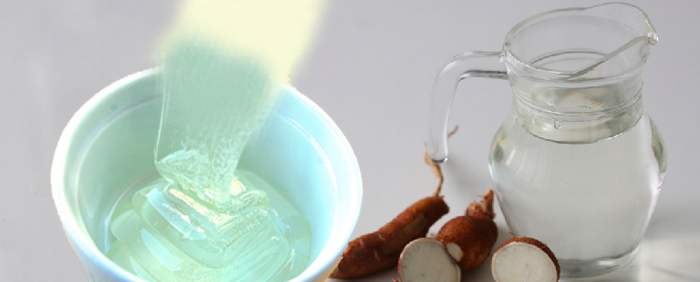
Glucose syrup hidden in everyday foods threatens your body weight, your waistline and your health. Here’s what you need to know about this added sugar to eliminate it from your diet.
The deluge of glucose syrup
In the early 1800s, refined sugar and honey were rare treats . At the time, the average North American consumed only about 2.25 kg (5 pounds) a year, in a cup of tea or in cakes and pies for special occasions. The overall growth of the sugar refining industry pushed this volume up to about 27 kg (60 pounds) per person in 1900 . It was not until the early 1970s that the sweetener market changed dramatically. Japanese researchers have found ways to convert cornstarch into a viscous, sweetened material called high fructose corn syrup (“fructose-glucose” on ingredient lists in Canada).
Where are the added sugars?
Sweeter and cheaper than sugar cane or beet, this syrup has qualities that old sweeteners did not have . Liquid, it mixes easily with drinks . It also protects against freezer burns, making it a must in frozen foods. It gives a golden crust and a soft crumb to baked goods, so English breads and muffins abound. He does everything that refined sugar can do: preserve the jam, thicken the ice cream , feed the yeasts that make the pasta swell. Today, it’s everywhere: in soft drinks or sports drinks, ketchup, crackers, bread, soups, cereals, mayonnaise and spaghetti sauce!
In 1972, this syrup made its entry into North America and each of us ate 450 g (about one pound) a year. As of 1999, about 30 kg (64 lb) per person per year was engulfed . Although the ingestion of refined sugars had slightly decreased, the sugar-laden foods combined with the large portions (giant drinks and over-filled plates) brought the total consumption of sweetener in North America to a record high.
How much do we consume?
Since its peak in 1999, news reports about the health and weight disadvantages of fructose have forced a comeback. US statistics show a decrease in syrup consumption (about 23 kg (50 lb) per person / year in 2009, according to the US Department of Agriculture ) and Canadian statistics are similar. But we still eat too much sweet stuff. Large companies have trumpeted a return to refined sugars for some breads, fruit drinks and a popular ketchup brand. In return, the Corn Refiners Association asked permission from the US government to rename the corn syrup.
Glucose syrup harms your health
Do not be fooled. Researchers studying the effect of sweeteners on health say that refined sugar is no better than syrup . A new name or type of sugar does not affect the amount of sweetener in foods. Be vigilant at the grocery store .
Great article, very useful !!